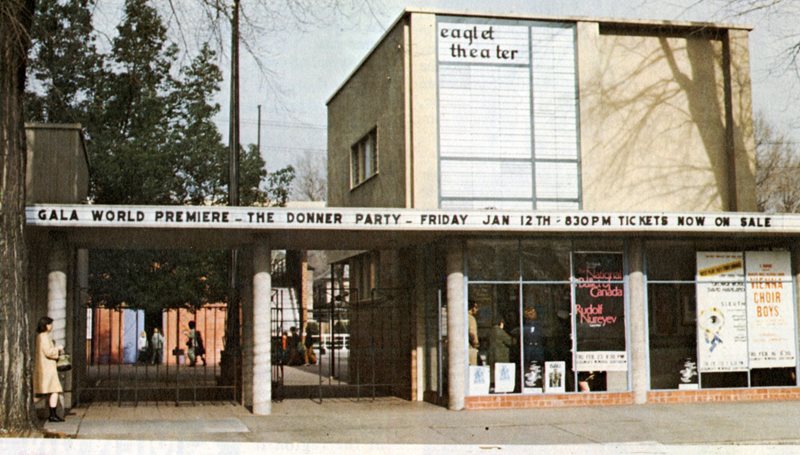Many of us who live in California were not actually born here – nor were we raised here. And yet somehow many of us ended up in the Golden State only to find that California was eventually – and truly – born in us. Such was the case for Ohio native and Yale-educated Dunbar Dyson Beck.

As a master artist, Beck taught at Columbia University and his works would come to adorn the walls of Radio City Music Hall and the White House. But, by the beginning of World War II, Beck had left the east to settle in Sacramento, where he would spend the rest of what would continue to be a very productive life and yet be overshadowed by the likes of Sacramento-connected artists Wayne Thiebaud, Greg Kondos, Bernice Polifka, and Ray Eames.
Why Sacramento? What types of art projects did he undertake while in the Capital City? Who were his primary patrons? Helping us answer these questions and many others will be historian and Preservation Chair of the Sacramento Art Deco Society Bruce Marwick as he presents
Dunbar Dyson Beck: Renaissance Master of Poverty Ridge on March 23, at 7:00 pm. Learn more about this event.
The Sacramento Room is the home to many items that hold the “Beck touch.” In particular, his work as a set designer with the Sacramento Civic Theater, also known as the Eaglet, and as a creator of the exquisite stain glass windows at the St. Rose Chapel in South Sacramento can be found in the general collection while Beck-related images, playbills, programs, and promotional documents live within the Room’s Sacramento Ephemera Collection.